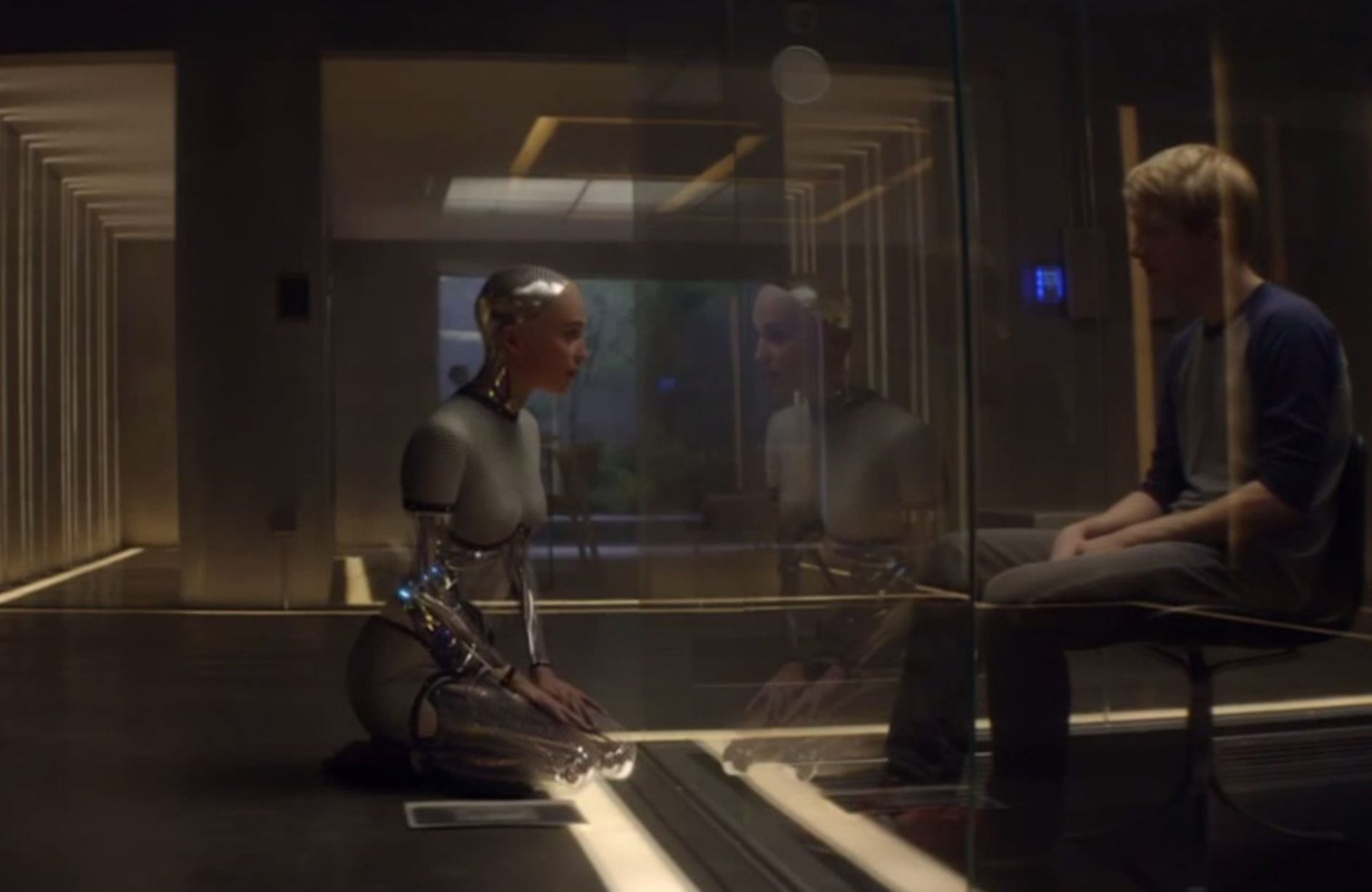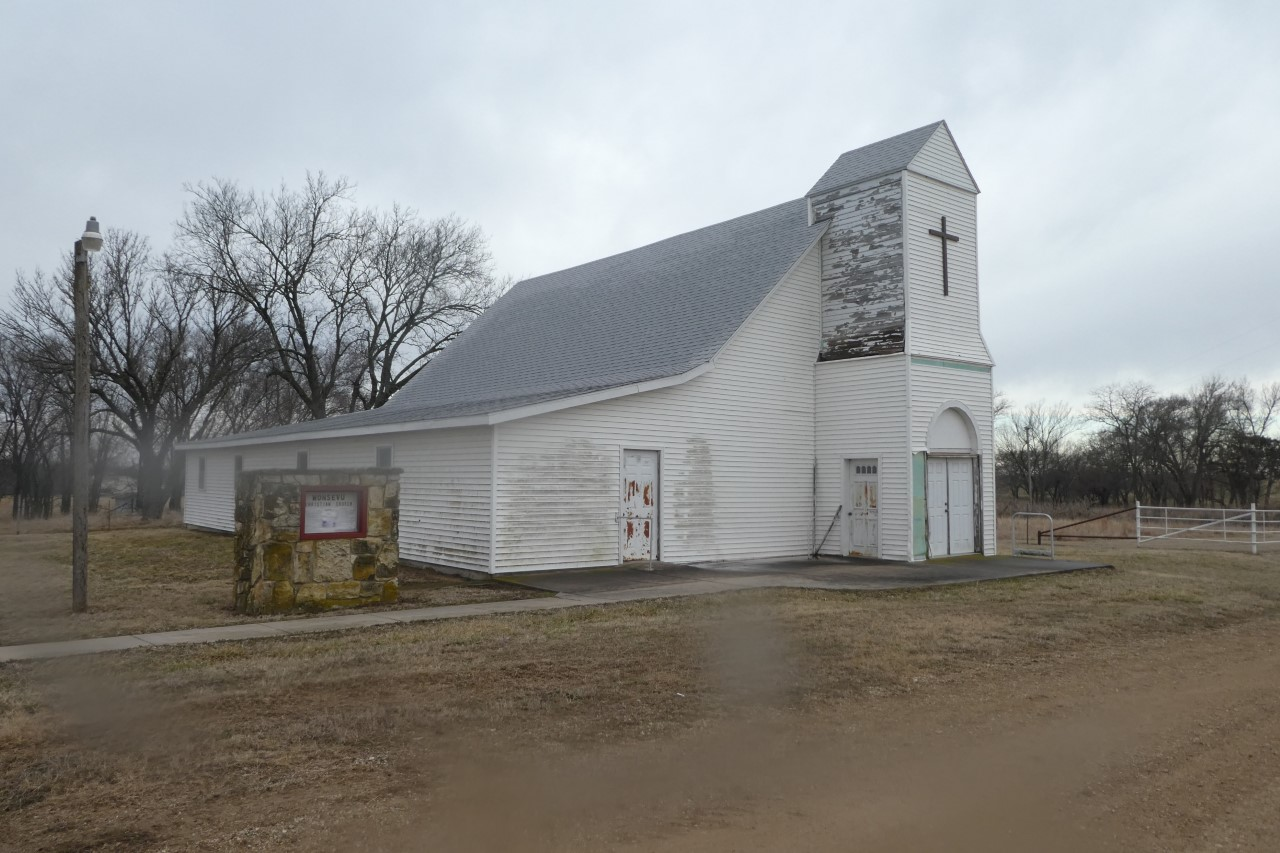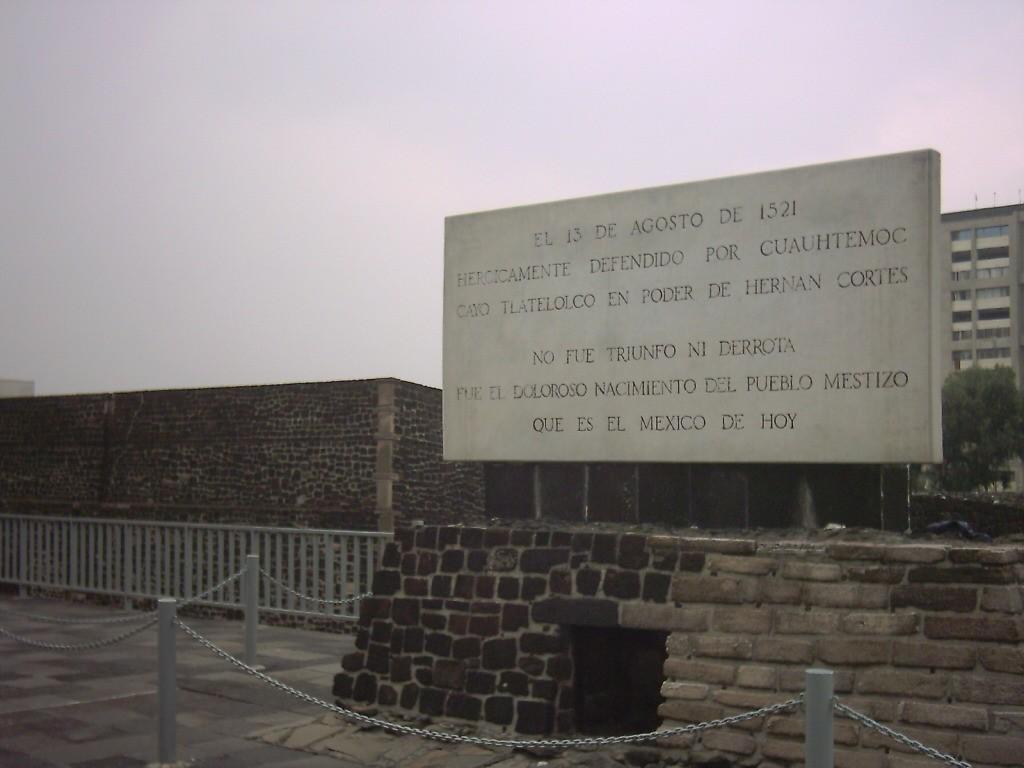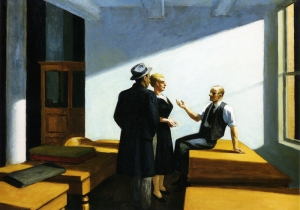
An ariel shot of an annual springtime event: the intentionally-set range fires in the Kansas Flint Hills, which burn off dead grass from the previous season to encourage new growth, and which cause that new growth to set its roots ever deeper in the soil . . . and which causes them city folks in Kansas City to complain about air quality for a few weeks. Via Kansas Livestock Association.
Spring Break has arrived for us, and so I have a chance to post some brief comments on some things that I’ve been engaged in/preoccupied by since my last post, back at the beginning of the semester:
Reading. For the book project, I have been reading and thinking about certain writings of the 19th-century Cuban nationalist José Martí, both his well-known essay “Our America” and writings he produced about his experiences while living in New York, in exile from his native Cuba. What is noteworthy about Martí’s rhetoric in “Our America” is that he simultaneously distinguishes Latin America (the “Our” of the title) from the United States and describes a politics for Latin America that does not yet exist. In Foucauldian terms, in the essay Latin America becomes something like a heterotopia-in-formation, a space whose political grammar, at least, has yet to come into being. Seeing as Martí wrote this essay while in New York, his subject position as exile relative to the space that is his subject makes for an interesting dynamic to consider within my book project’s larger subject of the New World as a heterotopic space. It seems to me as well that Martí’s writings serve as both precursors and exemplars of the cultural work of writers in Latin America, who occupy a space that Brazilian cultural theorist Silviano Santiago calls o entre-lugar, “the space-between” the cultural hegemonies of Europe and the United States. So anyway, some of this will be finding its way to that part of the Cabeza de Vaca/Last of the Mohicans chapter in which I discuss other writers’ various attempts to produce, as I put it there, “a language” through which they can more authentically convey the lived experience of this hemisphere’s new peoples.
Interdisciplinary course(s) on the Flint Hills. I recently learned that a long-time colleague of mine in our college’s biology department has wanted to develop a course called something like “A Natural History of the Flint Hills.” This caught my attention because, off and on for the past couple of years, I have wondered about the possibility of and interest in some sort of interdisciplinary course, or maybe even discipline-specific offerings, on various aspects of this distinctive region. The college’s main campus is in El Dorado, on the western edge of this place, and we even have a couple of branch campuses in towns in the hills themselves; yet, we offer nothing along the lines of what we have in mind. Though I’m pretty sure it’s not the case, it seems as though our orientation is toward equipping students so that they can leave from here rather than equipping them to give them reasons to stay–an issue of no little concern for a part of the state whose growth is projected to be more or less flat for the next couple of decades. So anyway, last week I dropped by my colleague’s office to ask him about his interest in maybe doing something together, and as soon as we realized we’d both read William Least Heat-Moon’s PrairyErth, we knew we’d be good fellow travellers on this adventure. The plan right now, such as it is, is to identify other colleagues who might be interested in working with us on this, and see about creating some space in the academic calendar for spitballin’ sessions on how to incorporate a course/several courses into our offerings, ideas for how to facilitate off-site study, etc. You may also see some writing appear here on this general subject in the months ahead.
Wish us luck. We think we can persuade our colleagues and administration that this is something that can help us add another dimension to how community colleges can serve their regions.
Baby coming. Finally, that most domestic–and the most issue-y–of domestic issues is that my wife and I will be welcoming a baby boy into the world three days from now, on March 21st. This new life is a blessing for us in more ways than the usual ones associated with babies, and so we are excited to welcome him into our lives and to see what new course(s) his life will set ours upon. Waiting on his arrival, especially during these last couple of weeks as my wife has begun to experience the occasional contraction, has also been an enormous if happy distraction from what I’m supposed to be doing; so having him here will be a more concrete and thus more manageable distraction. I think. Since I’ll be taking a leave of absence from teaching for the two weeks following Spring Break, I’ll have ample opportunity to find out just how mistaken I am.







